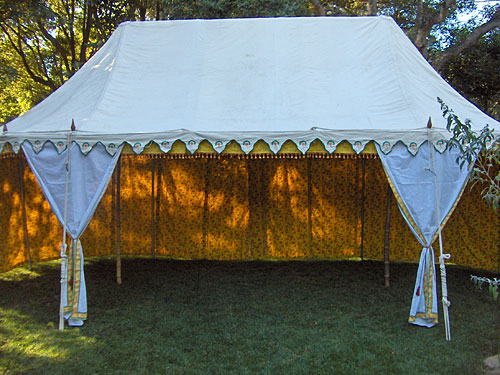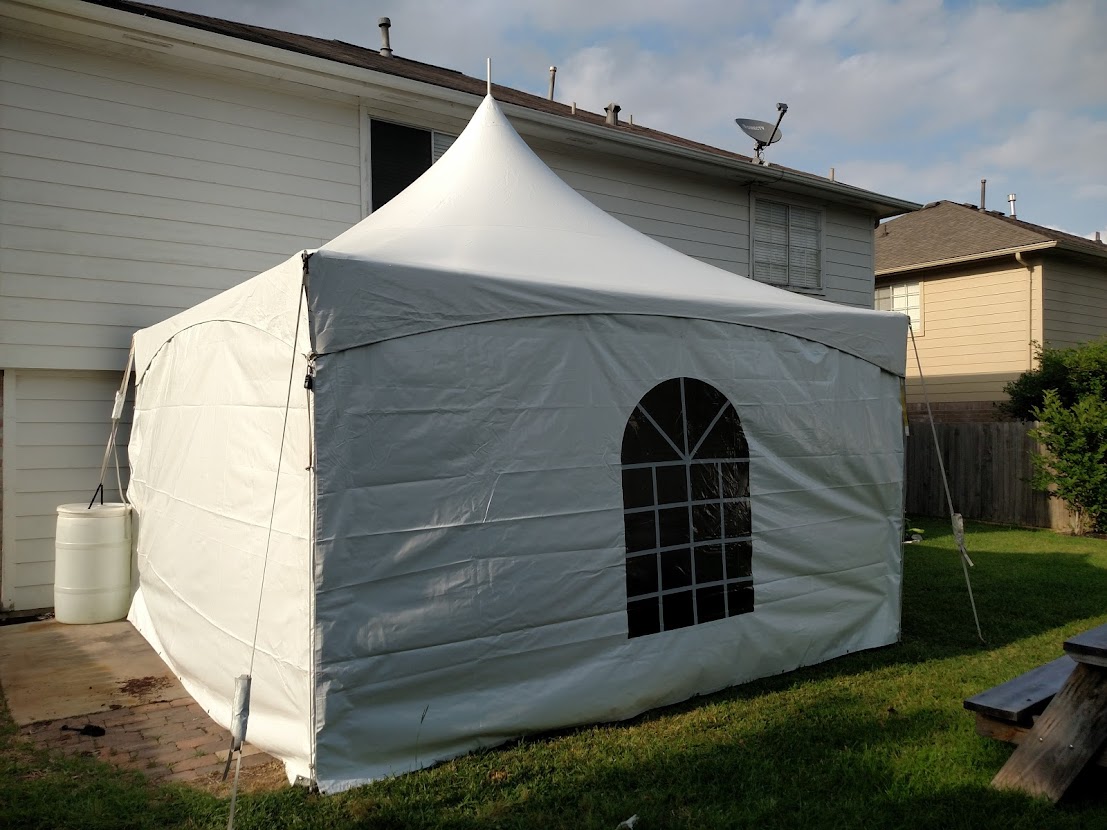Vital Tips for Setting Up and Preserving Camping Tents
Establishing up and preserving a camping outdoor tents calls for even more than just a basic understanding of outdoor gear; it demands focus to detail and foresight. From choosing the proper camping site to mastering the details of tent throwing, each action is essential to guarantee a safe and comfortable outside experience.
Picking the Right Campsite
Picking an optimum camping site is critical for making sure a positive and secure outdoor camping experience. Begin by looking for level ground, which supplies a secure and comfy sleeping area.

Access is another essential factor. Select a site that is quickly reachable yet not extremely revealed to foot web traffic to keep privacy. Ultimately, follow Leave No Trace principles by utilizing designated campsites whenever feasible, respecting the native environment, and guaranteeing your campsite choice has minimal environmental influence. By carefully assessing these aspects, you can improve both the security and pleasure of your outdoor camping adventure.
Crucial Outdoor Tents Setup Devices

Primarily, a reliable outdoor tents club or hammer is indispensable for driving risks into various ground types. Go with a light-weight, resilient club to ease the initiative needed for protecting your outdoor tents. Camping tent risks are one more critical element; bring added risks beyond what includes your outdoor tents to account for varied soil conditions and unexpected requirements.
A ground tarpaulin or impact is necessary for safeguarding the camping tent flooring from abrasions and dampness, prolonging the life of your outdoor tents. In addition, lugging a collection of spare guylines and tensioners ensures you can properly safeguard your camping tent, especially in windy conditions.
Last but not least, a multi-tool or a set of standard tools including pliers, scissors, and a blade can be indispensable for taking care of unpredicted adjustments or repair work. Ensuring you have these vital tent configuration devices will pave the method for a hassle-free and satisfying camping experience.
Understanding Outdoor Tents Throwing
Mastering the art of outdoor tents throwing is a fundamental skill that can dramatically enhance your camping experience. A well-pitched tent supplies not only convenience but likewise safety and stability, ensuring that you are well-protected from the components and any type of unanticipated disruptions.
Begin by choosing a suitable website: flat surface without rocks, origins, and other blockages. Clear the ground of particles to produce a smooth surface area for your outdoor tents. Outline your camping tent impact or tarpaulin to provide an additional layer of security versus dampness and abrasions.
Set up the outdoor tents posts according to the manufacturer's directions, making certain that each pole is totally extended and safely attached - stretch tent hire. Affix the poles to the tent body, either by inserting them into sleeves or clipping them onto hooks, relying on your tent's layout. Thoroughly elevate the tent, making certain that it stands taut and uniformly balanced
Lay down the edges of the camping tent, drawing each corner tight to remove slack. Drive the risks right into the ground at a 45-degree angle for maximum hold. Finally, affix and Find Out More tension the individual lines, which will add security and support to your framework. By adhering to these steps thoroughly, you can achieve a safe and comfortable configuration for your camping experience.
Weatherproofing Your Outdoor Tents
When faced with unpredictable weather conditions, just how can you ensure your camping tent continues to be a dependable sanctuary? The key hinge on efficient weatherproofing. Begin by picking a camping tent with a robust rainfly that extends well over the sides and gets to short. This feature will secure versus wind-driven rain. Joint sealing is another important step; use a seam sealer to all seams to avoid water ingress.
Next, go to the website think about the camping tent's material. Fabrics like polyester and nylon are favored for their waterproof homes, but they should be treated with a sturdy water repellent (DWR) layer. Regularly reapply the DWR to preserve its efficiency. In addition, a ground tarp or footprint under your camping tent is vital. It offers an added layer of defense against dampness leaking up from the ground.
Ensure your outdoor tents has sufficient vents and maintain them open whenever feasible, also during rain. Constantly pitch your camping tent on greater ground, staying clear of depressions where water can merge.
Long-Term Tent Maintenance
Ensuring the long life of your tent needs consistent and careful maintenance. Begin by extensively cleaning your outdoor tents after each use. Clean particles, and make use of a soft brush to remove dirt from the textile. Spot-clean any kind of stubborn stains with a light soap service and lukewarm water, making sure to stay clear of severe cleaning agents that can damage the product.
Dry your outdoor tents totally prior to storage space to stop mold and mildew and mold. Set it up in a well-ventilated location or hang it up until every component is completely dry. Store your tent freely in a trendy, completely dry location away from straight sunlight. Avoid compressing it snugly for extended periods, as this can weaken the fabric and waterproof finishes.

Final Thought
Choosing a proper camping site, utilizing necessary arrangement tools, and grasping the pitching procedure are important for an view efficient outdoor camping experience. Additionally, weatherproofing the camping tent and adhering to lasting maintenance practices, such as cleansing, drying, and checking for damage, make sure longevity and performance. Embracing these approaches not just improves convenience and security throughout outdoor camping yet likewise adds to the conservation of the camping tent, enabling for continued pleasure of outside adventures.
From selecting the suitable campground to grasping the ins and outs of tent throwing, each step is crucial to ensure a safe and comfy exterior experience. While being close to a stream or lake is practical, ensure you pitch your outdoor tents at the very least 200 feet away to reduce the threat of flooding and contamination. Tent stakes are one more vital component; bring extra risks past what comes with your outdoor tents to account for varied dirt problems and unexpected requirements.
Connect the posts to the camping tent body, either by placing them into sleeves or clipping them onto hooks, depending on your outdoor tents's design. Additionally, weatherproofing the camping tent and sticking to lasting upkeep practices, such as cleansing, drying out, and examining for damage, ensure durability and capability.